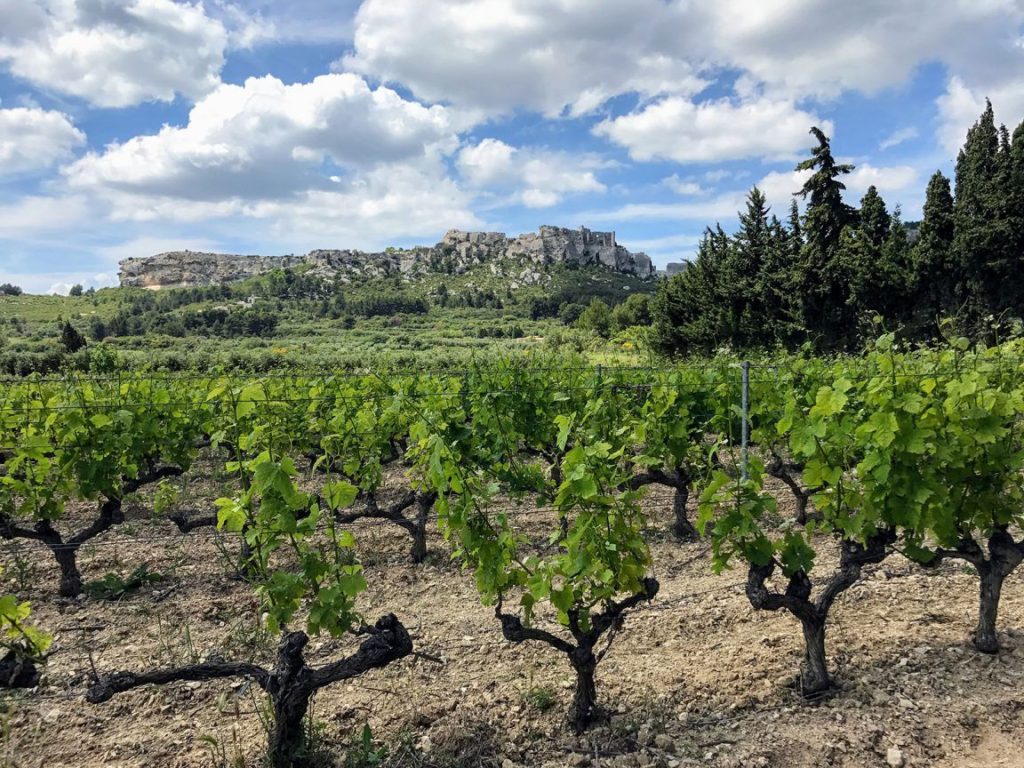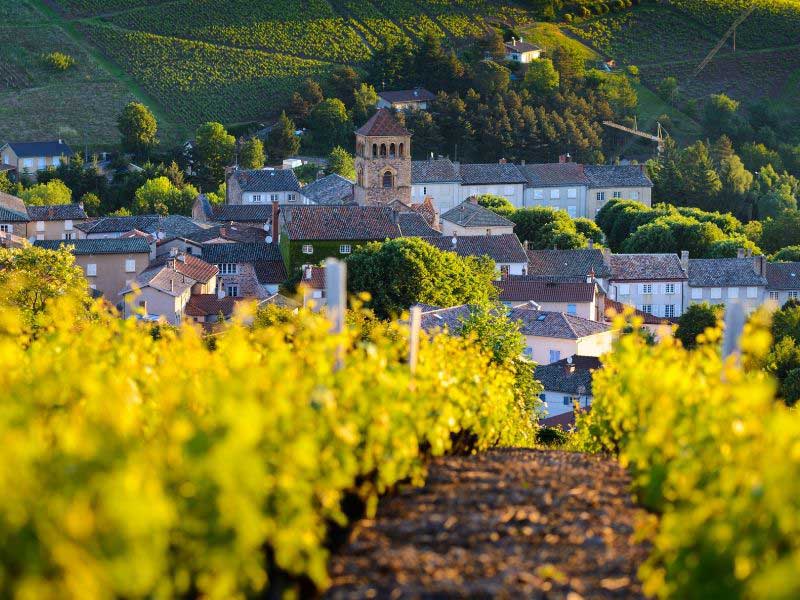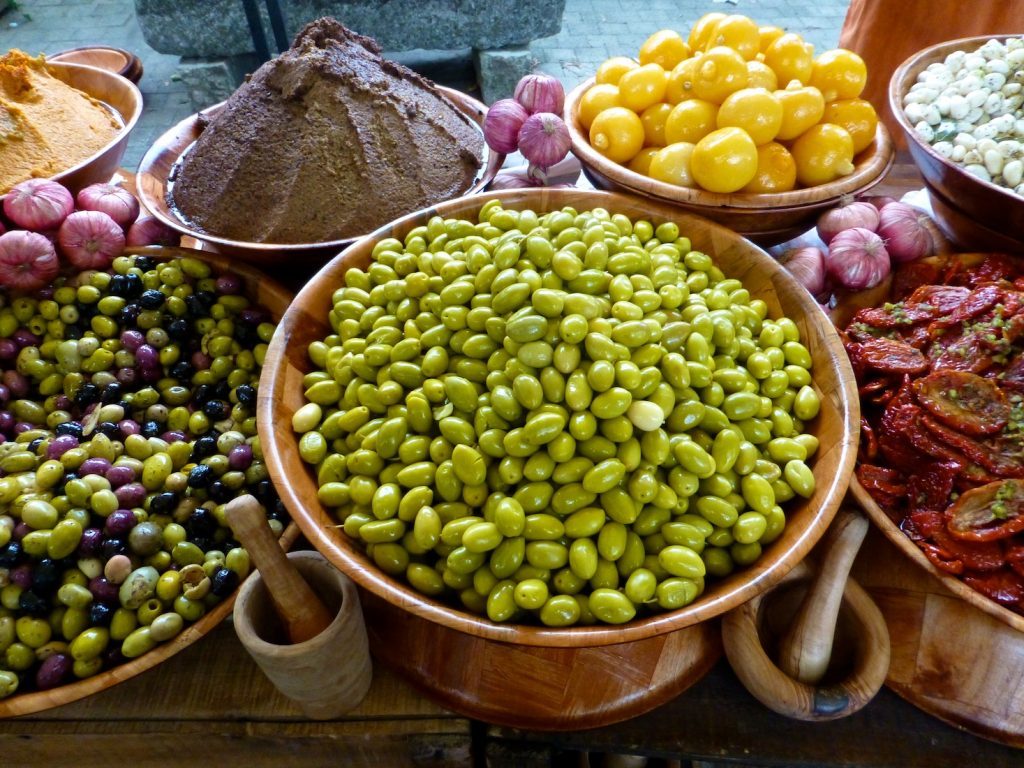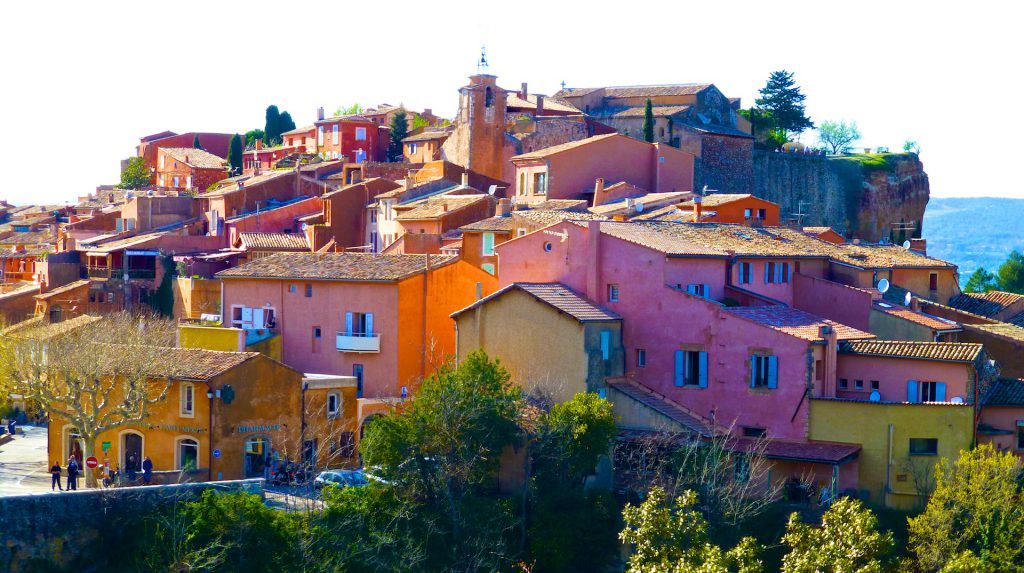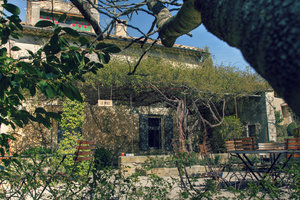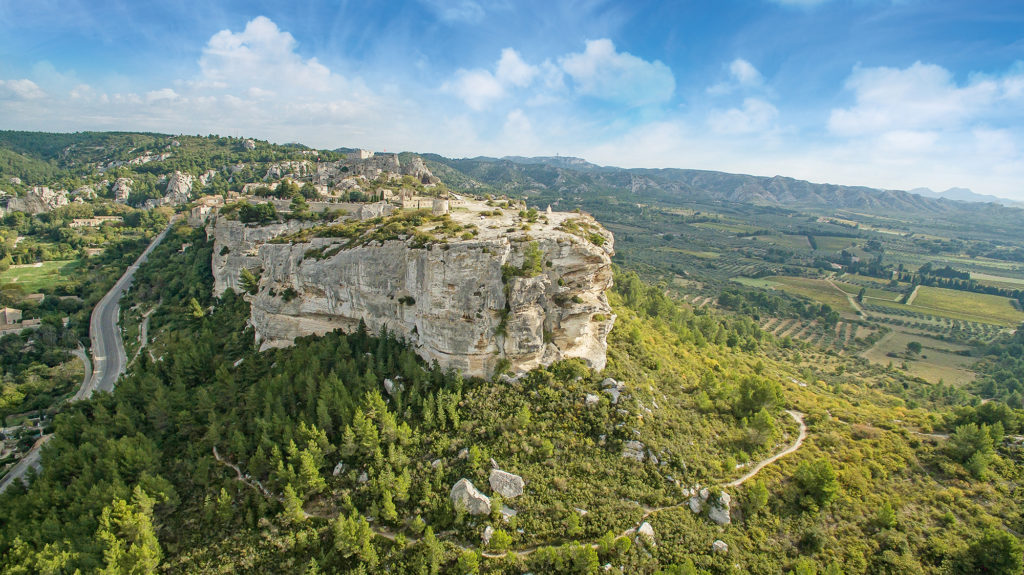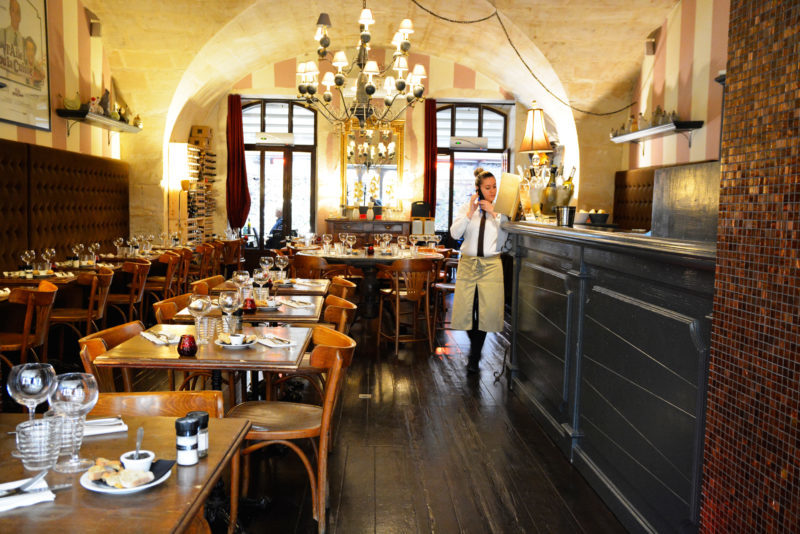
I was asked recently by Taste of France Magazine to name my favorite restaurants in Provence. “Well, that’s easy,” I thought, until they told me to limit my list to five. But there are so many wonderful places to eat! Even in my village of St-Rémy I can easily come up with more than five.
But rules are rules so my wife Val and I put our heads together and came up with our list. It’s a mix of styles and prices and you might want to check it out for your next visit to beautiful Provence.
You can read all about it at Taste of France.

